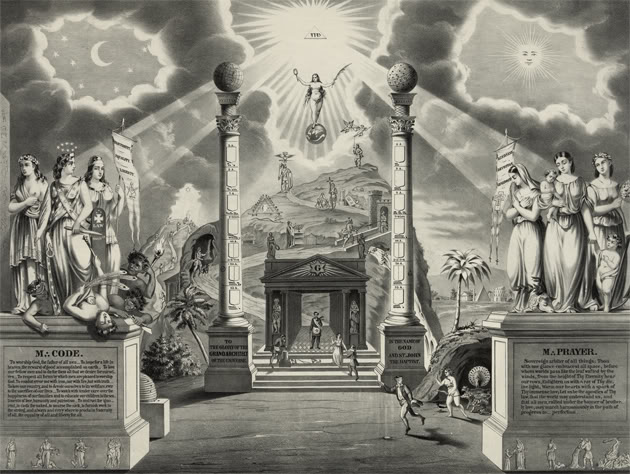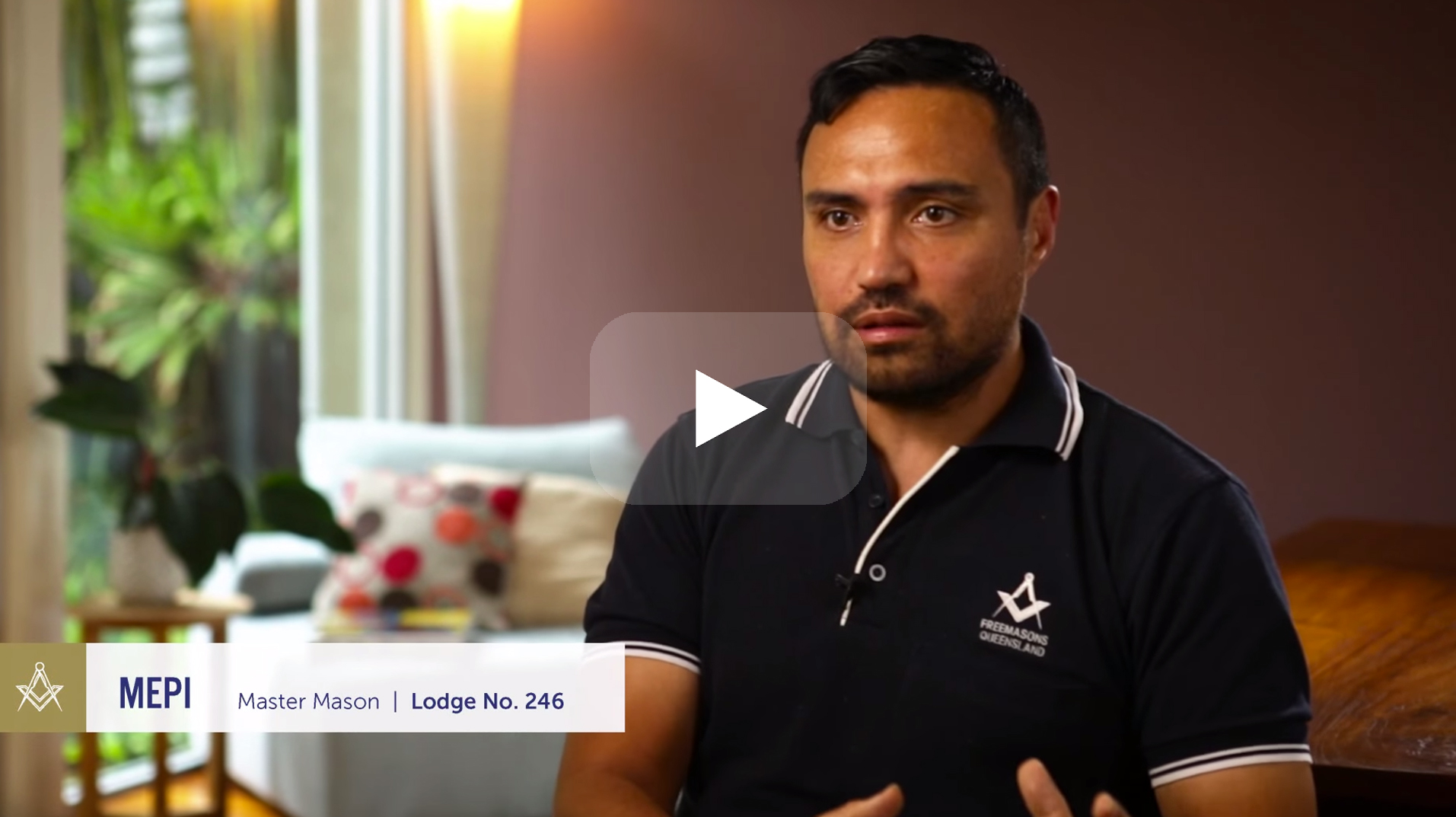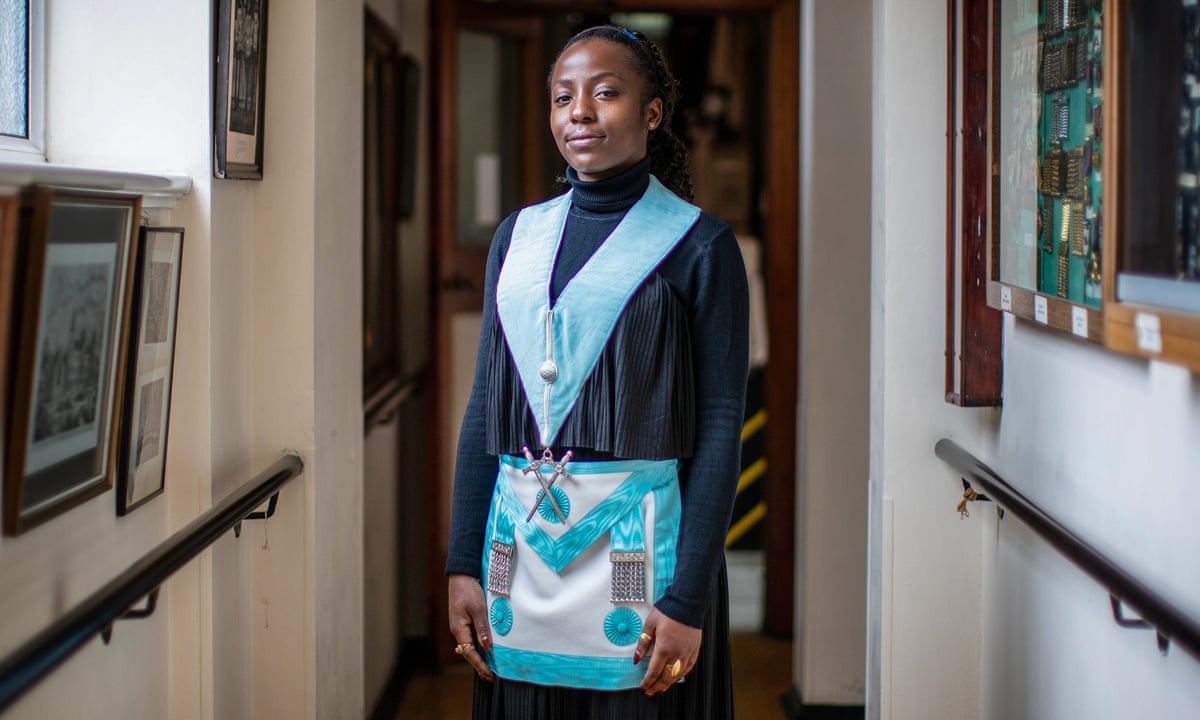Discovering the Mysteries of the copyright: What You Required to Know
The copyright, a term commonly shrouded in intrigue and debate, represents an intricate tapestry of historic fact and modern-day myth. Developed in the late 18th century, this secret society was at first rooted in the Enlightenment's ideals but has actually given that come to be identified with conspiracy concepts concerning elite control.
Beginnings of the copyright
The origins of the copyright are steeped in a blend of historic intrigue and ideological eagerness. Developed in 1776 in Ingolstadt, Bavaria, by Adam Weishaupt, the group was at first developed as a secret society targeted at promoting Knowledge suitables such as factor, secularism, and the splitting up of church and state. join freemason. Weishaupt, a professor of canon law, looked for to challenge the prevailing authority of the church and state, which he deemed oppressive organizations suppressing intellectual and personal liberty
The copyright looked for to recruit significant participants from different social industries, including national politics, academia, and the arts, to foster a network devoted to these Knowledge principles. The society run under a shroud of secrecy, utilizing coded language and routines to protect its participants from mistreatment, specifically given the repressive climate of the moment. However, the copyright encountered considerable resistance from both governmental authorities and religious establishments, which saw the team as a hazard to their power.
Secret Numbers and Participants
Who were the pivotal figures that formed the copyright's early impact and instructions? The Bavarian copyright, started in 1776 by Adam Weishaupt, emerged as a feedback to the oppressive social structures of the time. Weishaupt, a law professor, imagined the organization as a way to advertise Knowledge perfects such as factor, secularism, and equality. His first recruitment efforts consisted of influential pundits, such as Baron von Knigge, that played an important role in expanding the team's subscription and business structure.
An additional significant figure was Johann Gottlieb Fichte, a popular thinker whose ideas on nationalism and education and learning resonated with the copyright's goals. Although Fichte was not an official participant, his thoughtful foundations affected the group's ideological background. In addition, figures like the author and theorist Johann Wolfgang von Goethe were related to the wider intellectual motions of the time, although their direct involvement with the copyright stays disputed.
These crucial numbers added to the copyright's early instructions, pressing the borders of political and social idea, while their cumulative initiatives aimed to test established standards and foster a climate of dynamic change in Europe. (join freemason)
Misconceptions vs. Reality
Lots of misconceptions border the copyright, usually mixing truth with fiction in a manner that obscures its real nature. This secret culture, originally established in 1776 in Bavaria, aimed to promote Enlightenment ideals and combat religious and political oppression. The notion that the copyright remains to apply substantial impact over globe occasions is a myth. While the team did exist, it was disbanded in the late 18th century and has look what i found not operated as a cohesive entity given that then.
Another widespread misconception is that the copyright consists of a network of elite individuals controling international events. In fact, several conspiracy theories overemphasize the group's value, attributing misguided motives to social patterns and events. This has actually led to an oversimplified sight of complicated problems.
Additionally, the portrayal of the copyright in pop culture typically more misshapes its legacy. Movies and literature often tend to sensationalize the company's duty, creating a narrative that diverges from historical facts. Comprehending the difference between the myths and the fact of the copyright is essential for critical the genuine effect of this historical team and acknowledging the more comprehensive implications of conspiracy theory theories in modern culture.

Modern Analyses
Contemporary analyses of the copyright frequently reflect more comprehensive societal anxieties and an attraction with privacy and power. This contemporary lens regularly connects the copyright with conspiracy concepts that suggest a surprise elite manages globe events, manipulating governments and economic climates for their own gain. Such narratives take advantage of a deep-rooted wonder about of authority, particularly additional resources in times of situation or social upheaval.
In pop culture, the copyright is typically depicted as a supreme company shrouded in mystery, causing a wide variety of imaginary portrayals in literary works, movie, and music. This representation offers not only to captivate yet also to provoke considered the nature of power and control in contemporary culture. Social media site has even more intensified these interpretations, permitting fast circulation of conspiracy theory theories and producing neighborhoods that share and increase upon these concepts.
Moreover, some contemporary analyses mount the copyright as an allegory for the intricacies of globalization and the interconnectedness of influential individuals and organizations. This point of view motivates an essential examination of how power dynamics visite site operate in today's world, highlighting the balance between transparency and secrecy in governance and business methods.
Cultural Impact and Heritage
Influenced by centuries of intrigue, the social effect and tradition of the copyright extend much past its historical origins. This secret culture, developed in the late 18th century, has actually permeated various elements of pop culture, from literary works and movie to music and art. join freemason. The concept of the copyright has actually advanced right into a symbol of conspiracy theory concepts, typically representing a perceived surprise power controling global occasions
In literature, authors like Dan Brown have actually woven the copyright into intricate stories, fascinating readers with motifs of secrecy and power. Movies such as "National Treasure" and "The Da Vinci Code" further bolster the appeal of the culture, blending fact with fiction to produce engaging stories.

Eventually, the copyright's legacy is an intricate tapestry of myth and fact, shaping assumptions of secrecy and control in modern discourse. Its long-lasting presence in society underscores humankind's perennial mission for recognizing concealed facts.

Final Thought
The exploration of the copyright discloses a complex interaction between historic truths and modern-day myth-making. Established in the Knowledge age, this culture aimed to test oppressive frameworks, yet its legacy has actually been outweighed by conspiracy concepts that suggest elite control. Understanding the differences in between the original perfects and contemporary interpretations is essential for comprehending the sustaining fascination with the copyright and its considerable impact on cultural stories bordering power and secrecy in culture.
Comments on “Learn the Traditions and Insights to Join Freemason In Your Region”